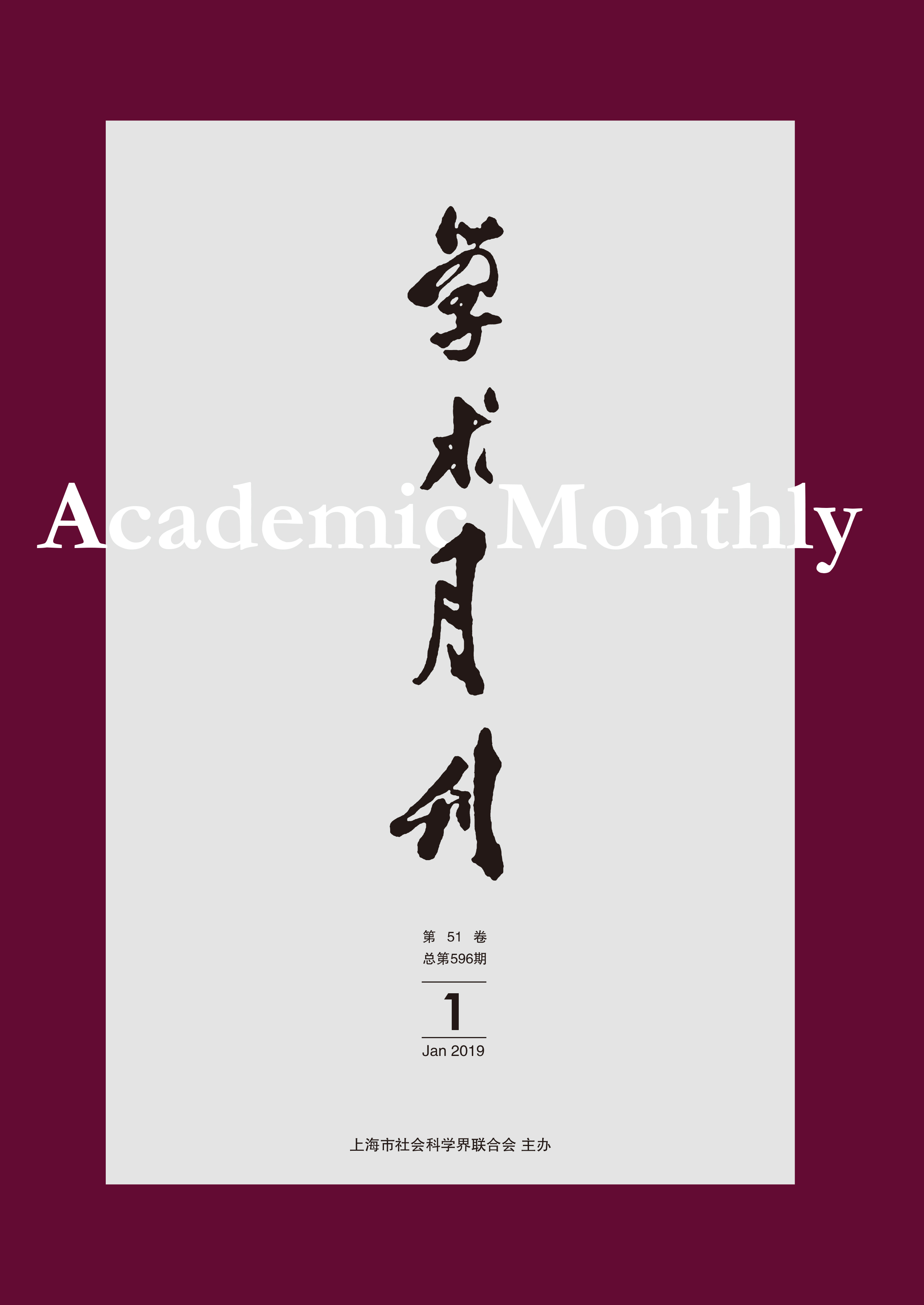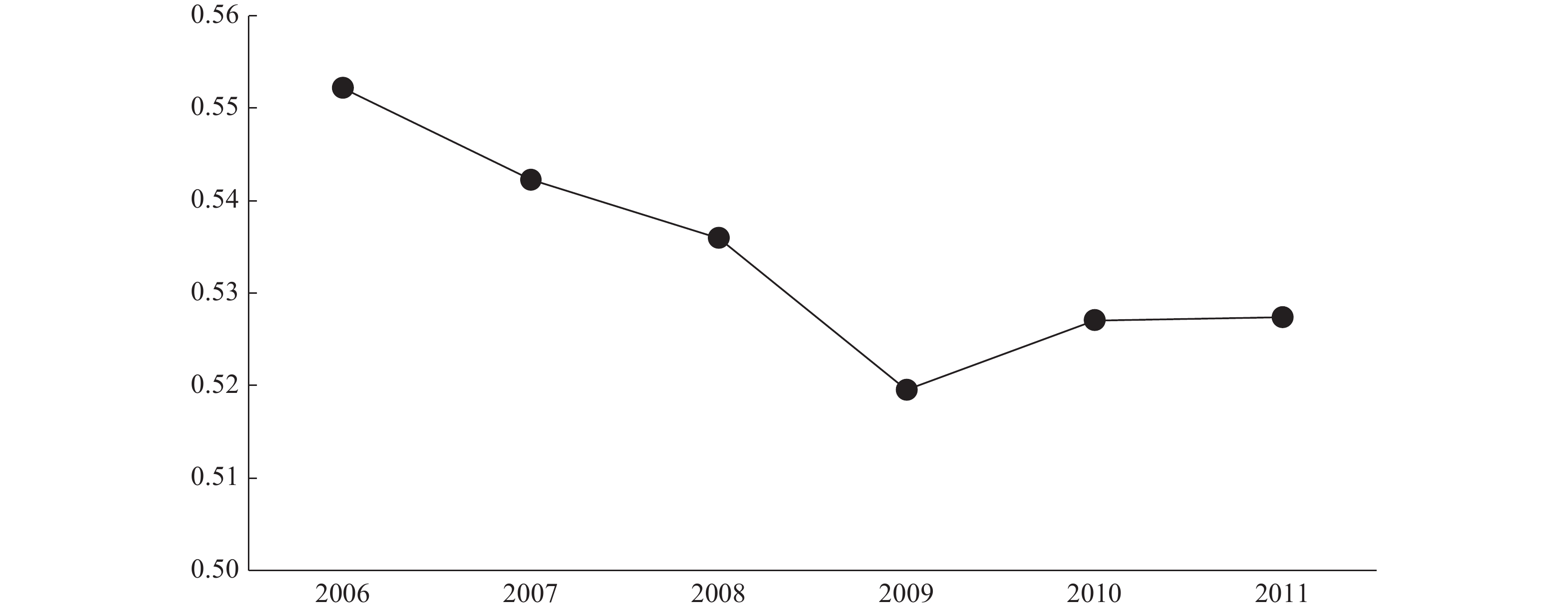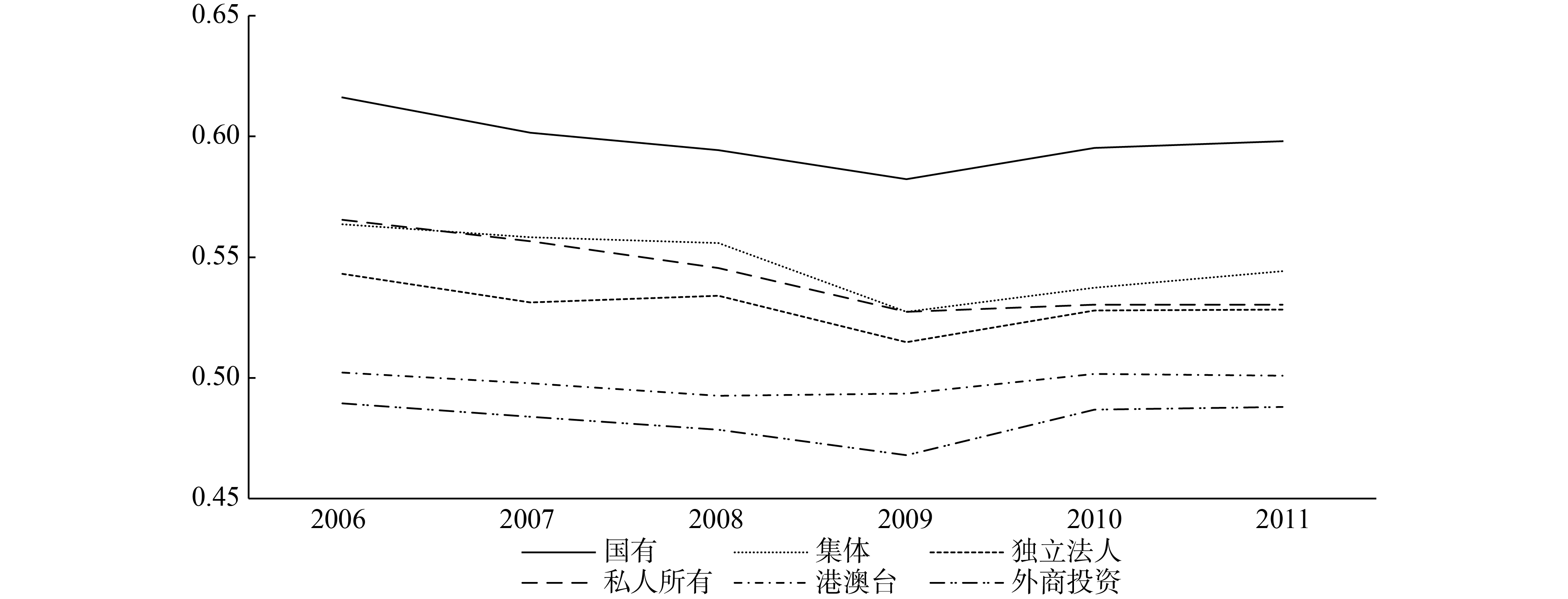How Does Bank Competition Affect Firm Debt Ratio
- Available Online: 2019-01-01
Abstract: The main empirical findings are as follows: Generally speaking, in China, bank competition has a significant inverted U-shaped effect on firm debt ratio, which indicates that in areas where bank competition does not exceed a certain threshold, bank competition has a positive effect on firm debt ratio, while in those areas where bank competition exceeds a certain threshold, bank competition has a positive effect on firm debt ratio. In the threshold areas, bank competition has a restraining effect on the firm debt ratio; from the perspective of distinguishing ownership types, there are significant differences in the impact of bank competition on the firm debt ratio of different ownership types. The main manifestation is that bank competition promotes the increase of the debt ratio of state-owned firms and private firms. The debt ratio of enterprises has an inverted U-shaped effect, while it has a restraining effect on the debt ratio in HMT firms, but has no significant effect on Foreign-invested firms. Follow-up mechanism study found that bank competition caused by joint-stock commercial banks and city commercial banks’ entry into different markets is an important channel for the banking system to have such a complex impact on firm debt ratio. The empirical evidence in this paper provides valuable policy references for reasonably controlling and reducing the debt ratio of China’s industrial sector from the perspective of promoting the reform of the banking system.




 沪公网安备 31010102003103号
沪公网安备 31010102003103号 DownLoad:
DownLoad:
